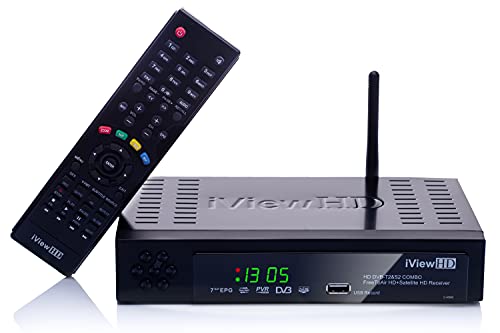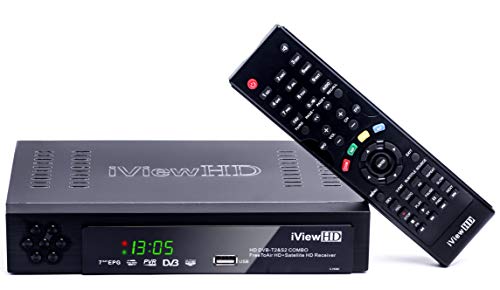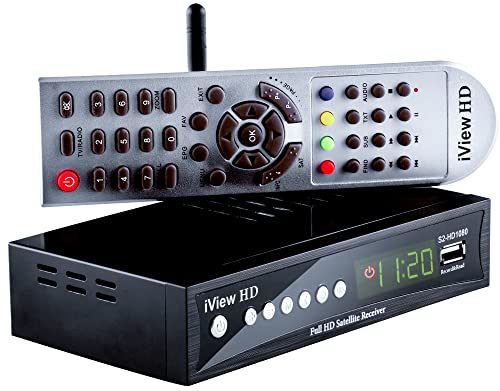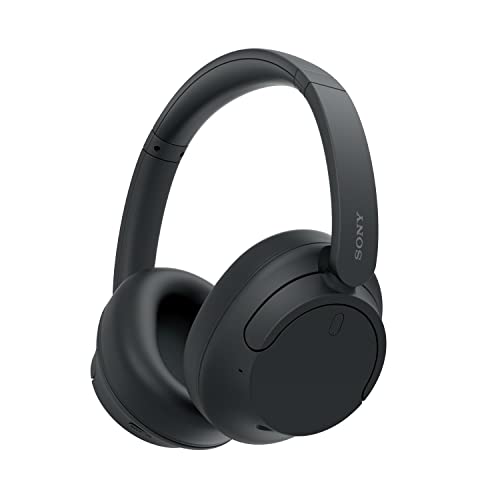Understanding HD Satellite Receivers: What They Are and How They Work
What is an HD Satellite Receiver?
An HD satellite receiver is a device that receives digital video and audio signals transmitted from satellites. It decodes these signals into a format your television can display, allowing you to watch high-definition content from various satellite television providers. The main function of an HD satellite receiver is to provide you access to a wide range of channels, offering numerous viewing options from movies to live sports.
How Do They Work?
When you have an HD satellite receiver set up, it works in conjunction with a satellite dish that captures signals from space. The dish focuses the satellite signals onto a feed horn, which transmits them to the receiver. The receiver then processes these signals, converting them into watchable content. Users typically connect the receiver to their television via HDMI cables, ensuring high quality video and audio.
Key Features to Look For: Making the Right Choice
Picture Quality and Resolution
When selecting an HD satellite receiver, the most critical feature is undoubtedly the picture quality. Look for receivers that support at least 1080p resolution to ensure you can enjoy crisp and clear visuals. Consider models that also support 4K services if you plan to upgrade your television in the future; this can future-proof your setup.
Tuner Options
Different models may offer single or dual tuners. A dual-tuner receiver allows you to watch one channel while recording another. This feature is particularly useful for busy households where multiple shows might be on at once, or if you want to keep up with popular series.
User-Friendly Interface
An intuitive user interface can enhance your viewing experience significantly. Look for receivers that offer easy navigation menus and quick access to guide features. A well-designed remote control that is comfortable to use can also add to convenience.
Setting Up Your HD Satellite Receiver: A Step-by-Step Guide
Choosing the Right Location
Before installation, find a suitable location for your satellite dish and receiver. The dish should be positioned with an unobstructed view of the southern sky (in the UK) to capture signals effectively. Ensure the room where your receiver will be located is close to the television and a power outlet.
Mounting the Satellite Dish
For optimal signal strength, securely mount the satellite dish according to the instructions provided. If you’re mounting on a roof, ensure safety precautions are taken, or consider hiring professionals for installation. Once the dish is in place, connect the coaxial cable from the dish to your receiver.
Connecting the Receiver
Plug the receiver into the television using an HDMI cable. Connect the receiver to a power source, and then turn it on. Following the on-screen prompts, run through initial setup steps including scanning for channels and configuring your favourites.
Enhancing Your Viewing Experience: Recommended Accessories and Tips
Consider a Universal Remote
If you find having multiple remotes cumbersome, investing in a universal remote can simplify your viewing experience. These remotes can control not only your satellite receiver but also your television and other devices like sound systems, reducing clutter in your living space.
Use a High-Quality HDMI Cable
To ensure the best picture quality, use a high-quality HDMI cable to connect your receiver to your television. This can affect the clarity and performance of the video and audio; cheaper cables may not transmit data as effectively.
Regular Software Updates
Keep your receiver’s software up to date to ensure you have the latest features and improvements. Many receivers can automatically update over the internet, but it’s a good habit to check for updates periodically.
Comparing Top Brands and Models: Our Picks and Recommendations
Leading Brands in the Market
Brands such as Sky, Humax, and Freeview dominate the HD satellite receiver market. Each of these brands offers a range of receivers with unique features suited for different needs and budgets. It’s advisable to compare products based on features like user experience, picture quality, and customer support.
Models to Consider
For a solid entry-level option, consider the Humax HDR-1100S, which provides great value while still supporting a wide range of channels. For those looking for upgraded features, the Sky Q system not only offers exceptional picture quality but also an innovative user experience. For flexibility, the FreeSat HD box is a worthwhile mention, allowing for various channel viewing without a subscription.

























